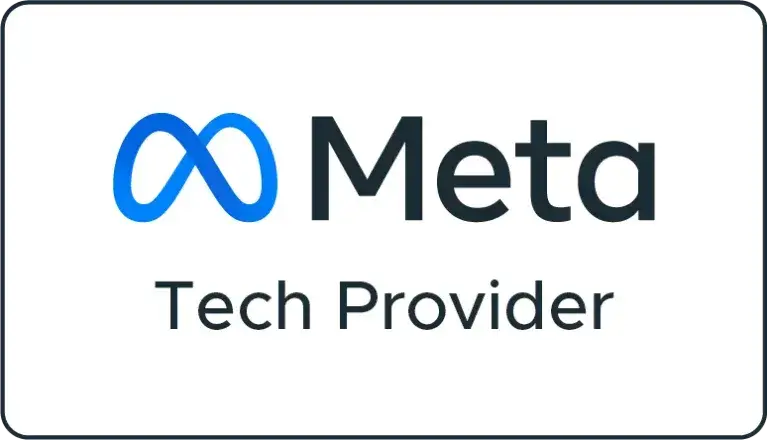Generative AI tools such as ChatGPT, DALL-E, and others are changing the way creators and companies generate and create their material. They are changing how industries produce things fundamentally around the world, from blog posts to social media content. This opens doors to new possibilities in content marketing, copywriting, and storytelling, with the creative capacities to produce text, images, and even videos at a remarkable speed and scale.
Although generative AI has many benefits, it is also creating profound challenges in content generation. Its utilization, meanwhile, balancing authenticity, quality, and ethical issues, will demand concrete reconciliation by content creators, marketers, and businesses.
Understanding Generative AI in Content Creation

This artificial intelligence category will create content from data and patterns learned by machine learning from vast datasets. This contrasts sharply with rule-based automation, where a machine follows any pre-set pattern. For instance, AI can create articles, emails, social media posts, product descriptions, or visual content.
This technological advancement is being welcomed into various sectors such as digital marketing, journalism, and advertising, where speed, personalization, and scalability are key. AI is no longer limited to automating repetitive tasks but is currently at the heart of creativity and augmenting human capability in generating fresh ideas.
Opportunities Presented by Generative AI

Technologies Introduced by Accelerated Content Production
One of the most evident benefits of applying AI for content creation purposes is its speed, whether in producing text images or even videos. Large volumes of content are often needed by businesses—eCommerce websites, news outlets, and social media marketers; here again is where AI comes into action, saving ample amounts of time and resources. Where it would take a panel of writers hours or days to create myriad variations, AI can do this in seconds.
This efficiency enables businesses to increase the volume of content creation in a proportionate manner to the increasing need for digital audiences. The second aspect, AI tools, work in a continuous fashion without any breaks in productivity or pauses. It avoids any interruption in productivity.
Personalization and Targeting
Generative AI also allows for sophisticated forms of personalization. Based on user data and behavior, the AI tool can personalize content for an individual preference. This personalization makes marketing more engaging, and personal in the form of a more effective email or product recommendation, or more targeted advertising resonating with specific audience segments.
For example, AI-powered email marketing will target subjects and topics relevant to the recipient’s interests or behaviors displayed in the past with a higher probability of conversion. Similarly, AI can write blog posts, ads, and social media content tailored toward various personas by a consumer, meaning higher engagement and customer satisfaction.
Encouraging Creativity and Innovation
While one fears that AI will destroy creativity, the truth is that AI can be an augmentor. Generative AI works like a nearly indispensable assistant to brainstorm ideas, develop rough drafts, and experiment with new formats for content creators. The mundane tasks freeing writers, designers, and marketers allow them to dig deeper into strategic thinking, storytelling, and creative brand voices.
AI can provide ideas at such a pace that the developers may have not come up with it otherwise. At times, innovation is only precipitated by providing AI-based insights and suggestions that would otherwise be hard to come by in industries where staying ahead of the trends is of utmost importance.
Limitations of Generative AI
Authenticity and Human Touch
Although generative AI has many great merits, it fails to encompass the more profound, nuanced aspects of content creation, like the human elements of emotional qualities and, consequently, tone and authenticity. AI-generated content might become coherent and well-structured without the depth of emotion and personalization resonating on a human level.
Brands may face challenges in creating distinct, original, and genuine voices when using AI for most of the content creation. Consumers may occasionally be able to identify which one was created by human creativity and which was not.
Ethics and Plagiarism Issue
Proper deployment of AI will help eliminate such misuse of technological power. Content generated via AI is prone to plagiarism risks.
The major ethical concern over generative AI is the plagiarism and copyright infringement issue. With such an AI model trained on gigantic datasets sourced from the internet, there is the possibility that the content being generated by such models may be too close to existing work, thus violating other people’s intellectual property.
At least for a second, there could be an authenticity or transparency factor while AI creates content. Should businesses disclose the fact when their content is AI-generated? Failure to disclose this can make the business viewed as dishonest and/or not working with integrity.
Keeping Quality and Relevant Content
While it will work well to generate lots of content quickly, that doesn’t necessarily mean that the quality is high. Sometimes, AI-generated text or images are irrelevant, false, or simply lack depth enough to engage and connect with audiences.
This still means many risks when using AI for content generation, especially for businesses highly dependent on the technology. High-quality content may never make it to the public if oversight is a problem. More importantly, though, there will always be a risk of publishing content that does not do well, even off-brand. Human oversight remains necessary to ensure the review, editing, and validation of content against the values and objectives of a brand.
Best Practices to Leverage Generative AI
In parallel with mitigating the challenges associated with the application of generative AI, its use would unlock full opportunities by taking a few best practices, such as,
Artificial intelligence supplements human creativity, not replaces it. Using AI for routine functions like drafting or formatting while having human creators do the final edit and tones of personalization.
Authenticity is first:
Brand integrity must be balanced with authentic AI-generated content that reflects your brand voice and values. Where it is possible, create a message that sounds reads, and feels human, because that makes it more relatable and engaging.
Quality Monitoring:
Just as most of us check the brightness and contrast of our screens regularly, you should have a routine process to monitor the quality of your AI-generated content so that it’s always at the expected level. Be prepared to change your practice or adjust your AI use when something is not delivering.
Obey the Copyright Laws:
Avoid entanglement in numerous legal issues by being well aware of where your AI tool retrieved the data from and ensure that all content developed does not infringe on any copyright or intellectual property rights.
Creativity with Efficiency:
Actually, AI accelerates the production of content. It must be balanced, however, with creativity as AI tools support the strategy and do not dominate it.
Conclusion
Of course, Generative AI provides an astoundingly tremendous opportunity to churn out loads of content in a speedy, personalized, and scalable fashion. This is a boon for businesses; through increased productivity and innovative ideas, it can meet an ever-growing digital audience’s needs, but the benefits must come hand in hand with authenticity, quality control, and ethical issues.
If content creators apply AI judiciously and as a supplement to human creativity, it will allow them to fully realize its value without the cost of lower quality or integrity. Moreover, the only way the coming proposition will be successful is by finding that delicate balance between automation and human involvement so it’s both efficient, interesting, and meaningful.
What is generative AI in content creation?
Generative AI in content creation refers to the use of artificial intelligence models to create various types of content, including text, images, videos, and more. These AI tools can produce content based on large datasets and patterns learned from existing data, allowing businesses to quickly generate personalized and relevant content for their audience.
How can generative AI improve content creation efficiency?
Generative AI can dramatically speed up the content creation process by automating repetitive tasks, such as drafting articles, creating images, or generating product descriptions. This allows content creators to produce more content in less time, enabling them to scale their efforts without sacrificing quality. It also frees up time for human creators to focus on more strategic and creative aspects of content development.
What are the risks of using generative AI for content creation?
Some key risks of generative AI include the potential loss of authenticity, as AI-generated content may lack the human touch. There are also concerns about plagiarism and copyright infringement, as AI models are trained on existing content and might inadvertently produce work that is too similar to other sources. Additionally, without proper oversight, the quality of AI-generated content may be inconsistent or off-brand.
How can businesses ensure that their AI-generated content is high-quality?
Businesses should use AI as a tool to assist, not replace, human creators to ensure high-quality AI-generated content. A content review process in place, where human editors evaluate the AI-generated material for accuracy, relevance, and alignment with brand voice, is important. Additionally, maintaining control over critical aspects such as tone, creativity, and audience engagement helps maintain the quality of the content.













